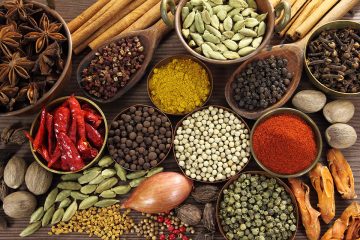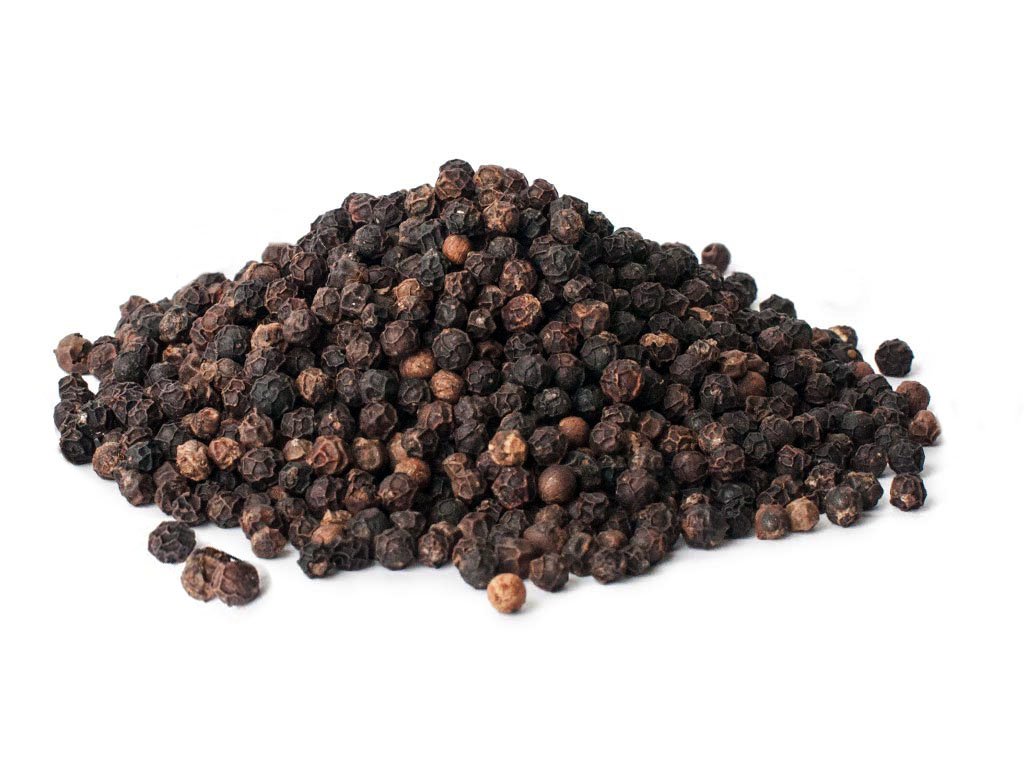
BLACK PEPPER: VIETNAM
The black pepper market in Vietnam is currently in a state of flux. The price of black pepper has been on the rise in recent months, due to a number of factors, including a decrease in supply, an increase in demand, and the depreciation of the Vietnamese đồng. The government has been taking measures to try to stabilize the market, but it remains to be seen whether these measures will be successful.
Vietnam is the world’s largest exporter of black pepper, and the industry is a major source of income for millions of people in the country. The recent price increases have been a boon for farmers, but they have also led to concerns about inflation and food security. The government is working to ensure that the market remains stable, but it is a delicate balancing act. The price of pepper is likely to remain volatile in the near future.
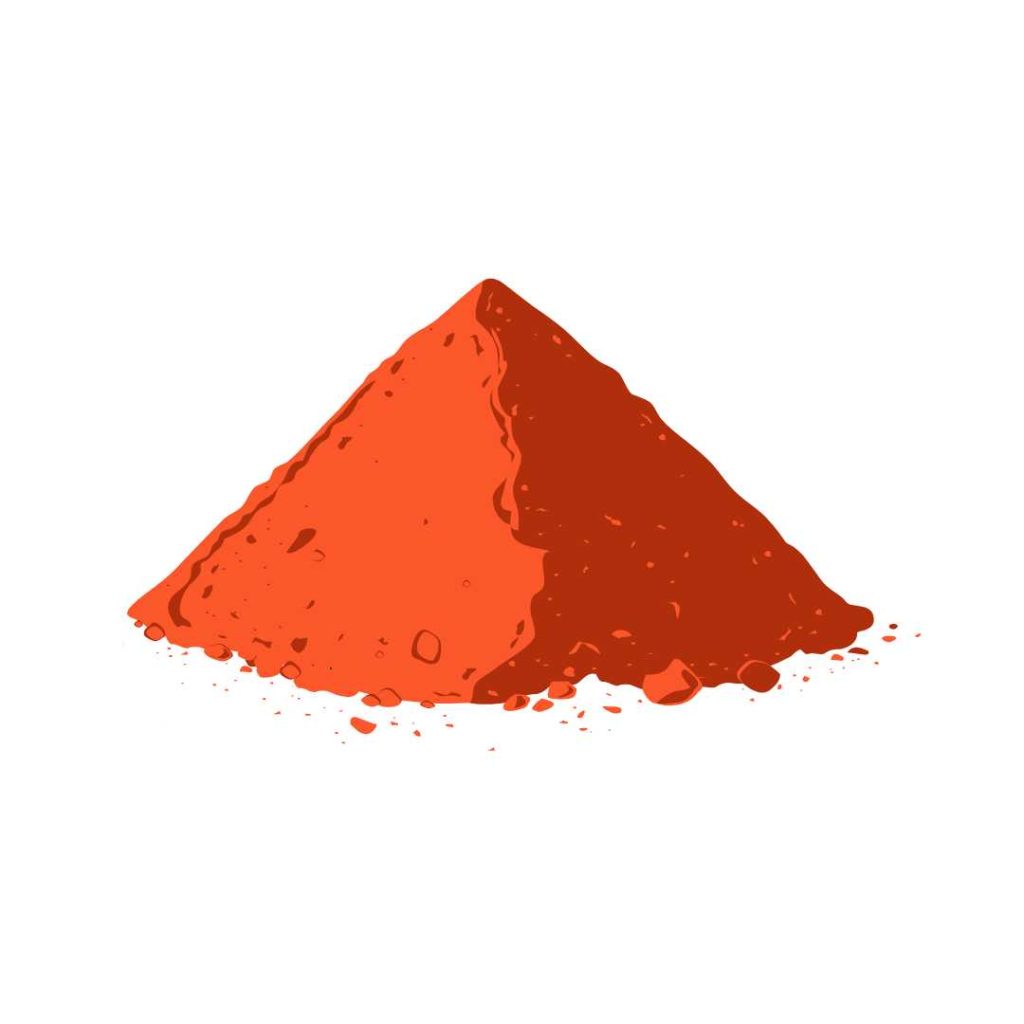
PAPRIKA: CHINA
As a result of Covid-19 restrictions, mechanical harvesting has been utilized for most crop harvests, leading to a decrease in the quality of the paprika powder produced. The market price for paprika powder has increased in comparison to the previous crop year and is expected to remain stable until summer. However, a slight increase in price is anticipated during this period to compensate for the higher warehousing costs.
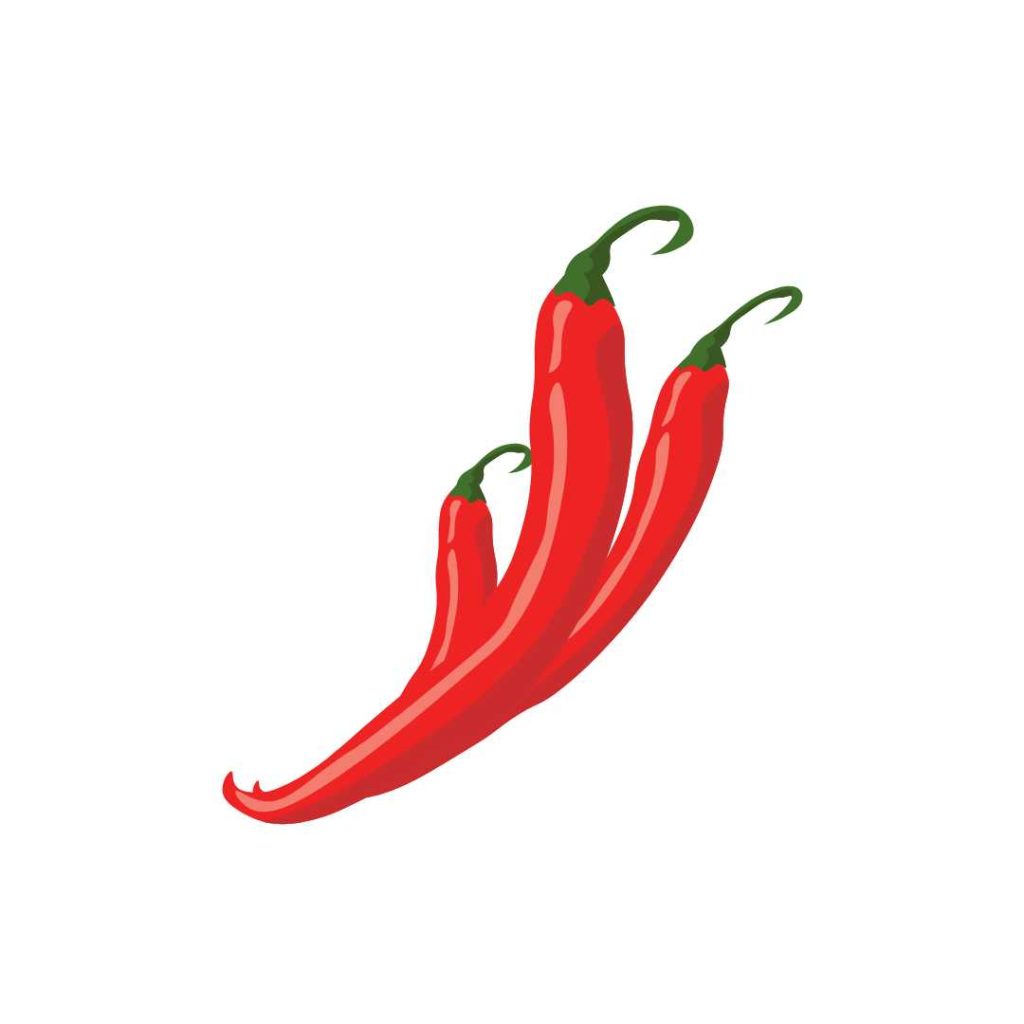
RED CHILI PEPPER: INDIA
The first crop harvest is currently taking place in all growing regions. In various areas, black thrips and virus infestation have been observed, but these problems have been seen to be relatively less in the Karnataka region. Mites have been spotted in Andhra Pradesh and Telangana. The crop area has decreased in comparison to last year, but initial estimates indicate that there will be significantly less yields than last year.
However, the availability of IPM (Integrated Pest Management) will be limited this year as farmers have increased spraying to protect their crops. It is expected that overall domestic demand will improve as buyers begin to cover their requirements for peak seasonal arrivals.
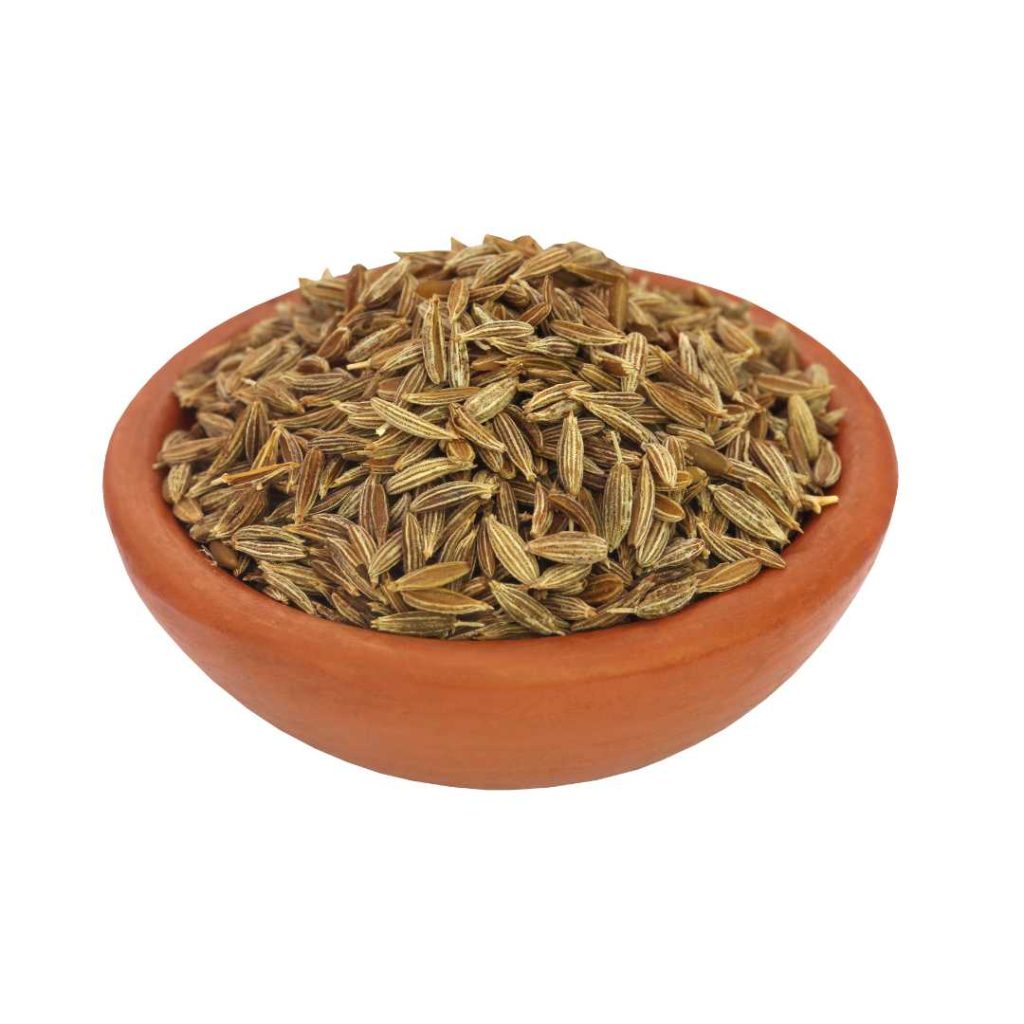
CUMIN SEEDS: INDIA
Compared to the previous year, the planted area has slightly increased. The early sown crop has reached the seed formation stage, while the late sown crop is at the peak flowering stage. Due to weather fluctuations, issues of blight, wilt, and aphids have been observed in various growing regions, but the planted area is still lower than in previous years.
The availability of IPM crops will be limited this year as some farmers have increased spraying to protect their crops due to high prices for conventional cumin. With less carry forward stock this year, there may be a potential tightness in supply. It is expected that export demand will improve as both conventional and IPM cumin prices are expected to remain high.
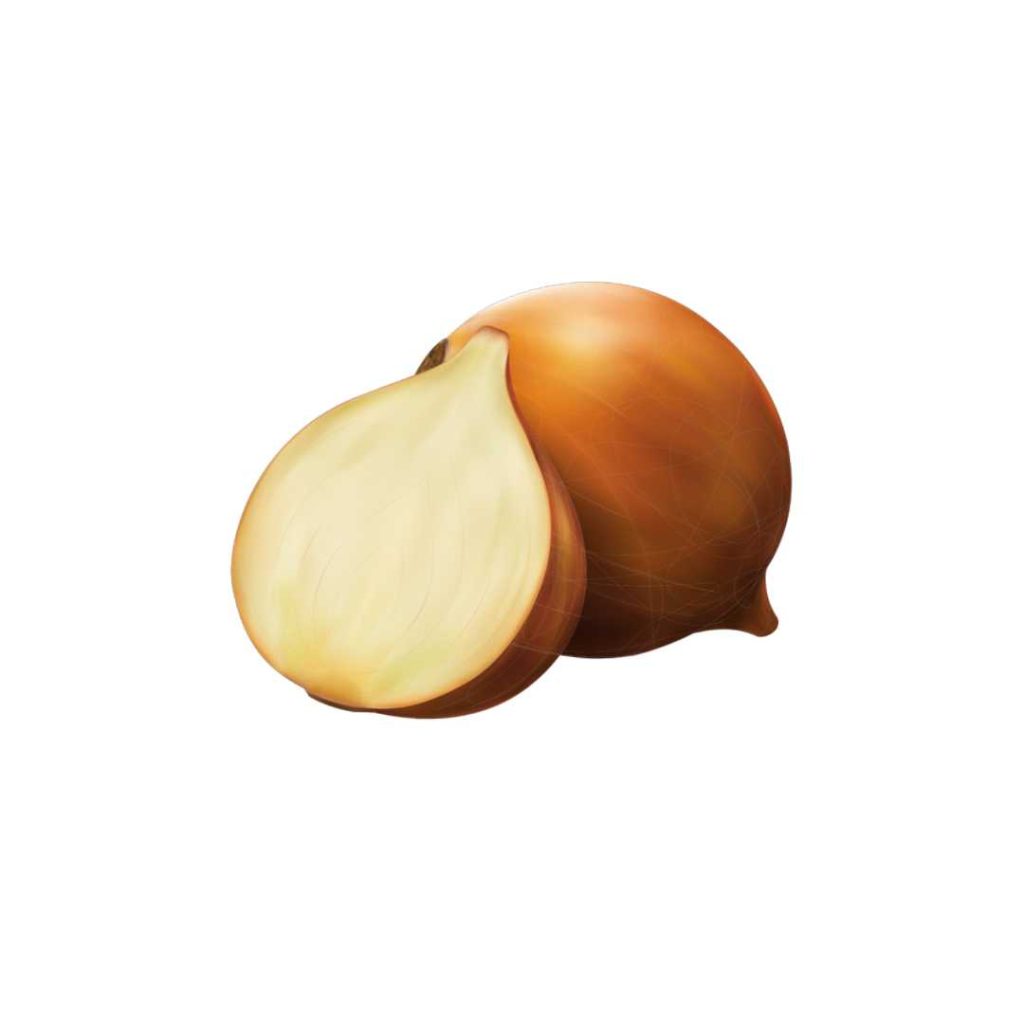
ONIONS: EGYPT
The global onion shortage has substantially increased the demand for Egyptian onions and pushed prices up.
Due to the increased demand for onions in Europe and Central Asia, several onion suppliers, such as Morocco and Turkey, have imposed export bans in an effort to curb domestic supply and prices. However, other onion suppliers, such as India and Egypt, have maintained an open onion trade policy which has caused prices to surge. Additionally, Egypt’s onion production is forecasted to decrease in 2023, as farmers suffered losses last season due to floods and reduced planted hectares.
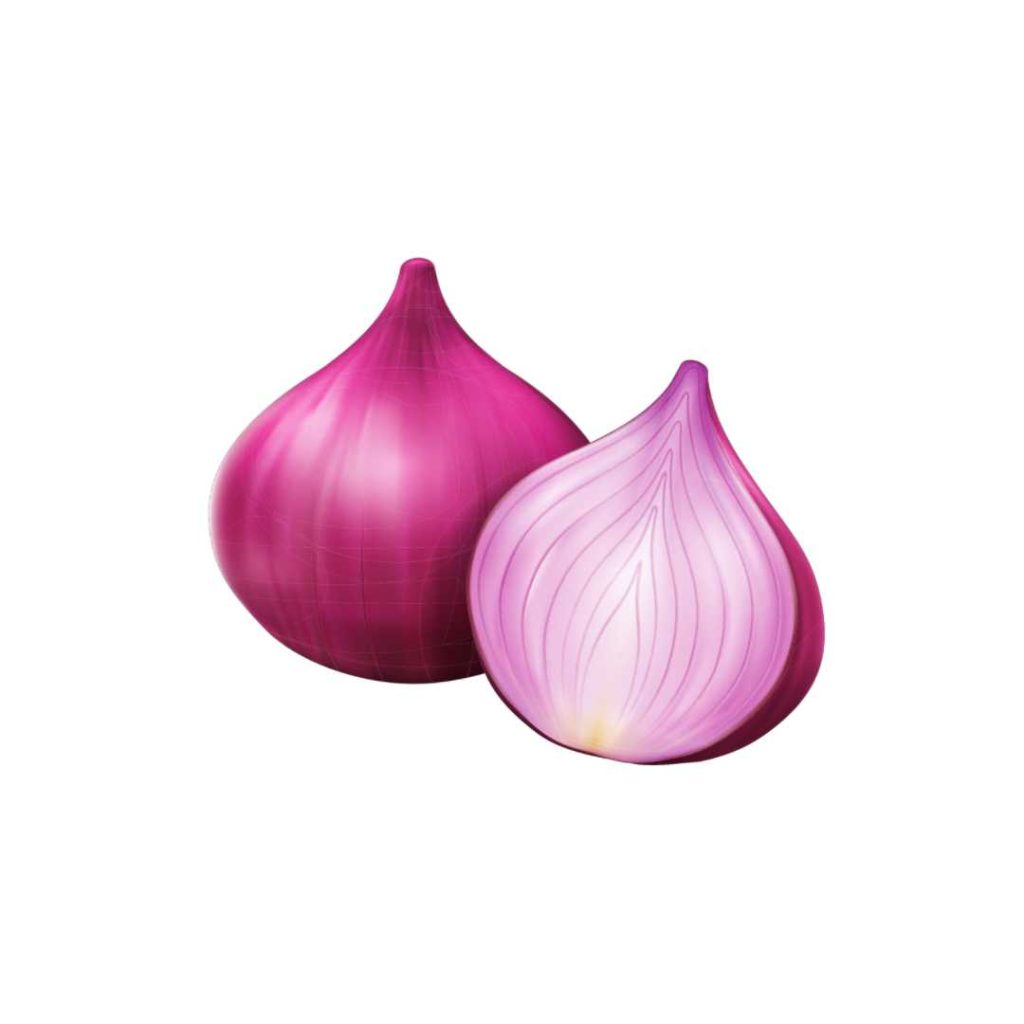
ONIONS: INDIA
The federal government in India plans to irradiate onions with gamma rays before they go to cold storage as a trial. Irradiation prevents sprouting and thus limits post-harvest losses. “The post-harvest losses of onions in India are significant. Even in cold storage, onions are rotting or sprouting.
Despite onion being an important ingredient in Indian kitchens, the crop has been hit by plummeting prices and low profits. In many states, onion farmers are either destroying the crop or throwing their produce away. In Maharashtra, the onion farmers dumped the produce onto highways across the state, leading to traffic blockages everywhere.
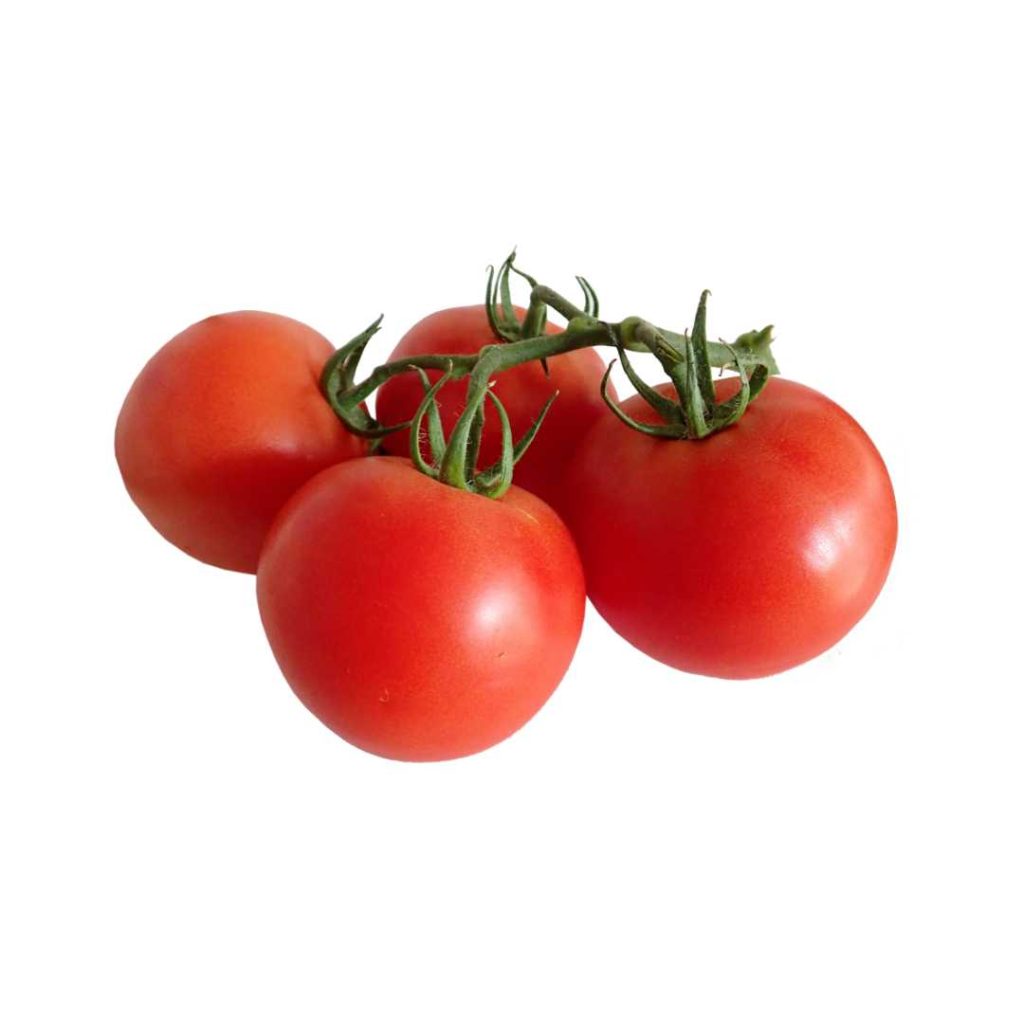
TOMATOES: MOROCCO
The Moroccan association, which represents vegetable producers and exporters, reported a sharp decline in tomato production due to low temperatures at the beginning of 2023. Production expects to return to normal levels by mid-April 2023.
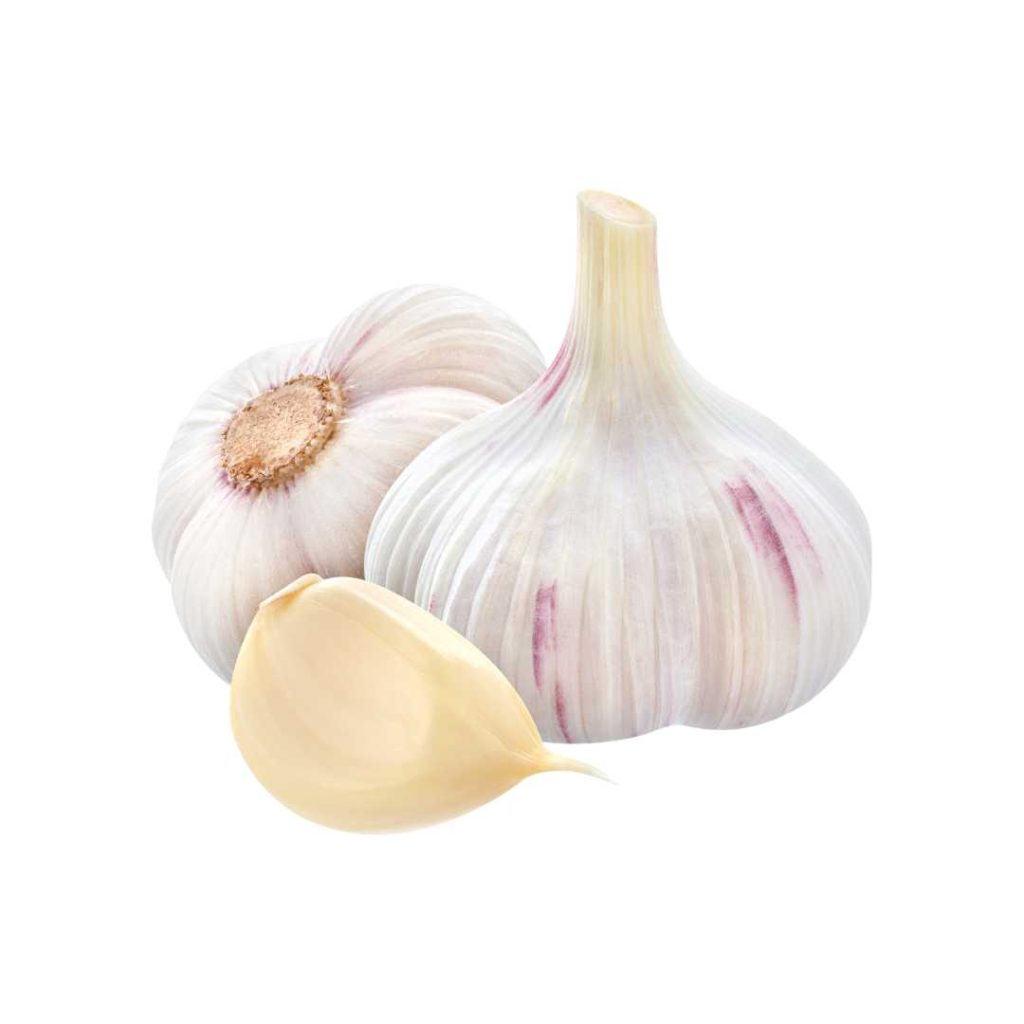
GARLIC: CHINA
According to data from the International Garlic Trade Network, the general mixed grade of Garlic in Jinxiang has risen by 20% in the month of March. Due to factors such as poor garlic planting efficiency, high labor costs, and agricultural materials, the enthusiasm of garlic farmers in the main production areas for planting garlic has been suppressed, and the area of garlic harvested in the 2023 summer has decreased 15-20%.
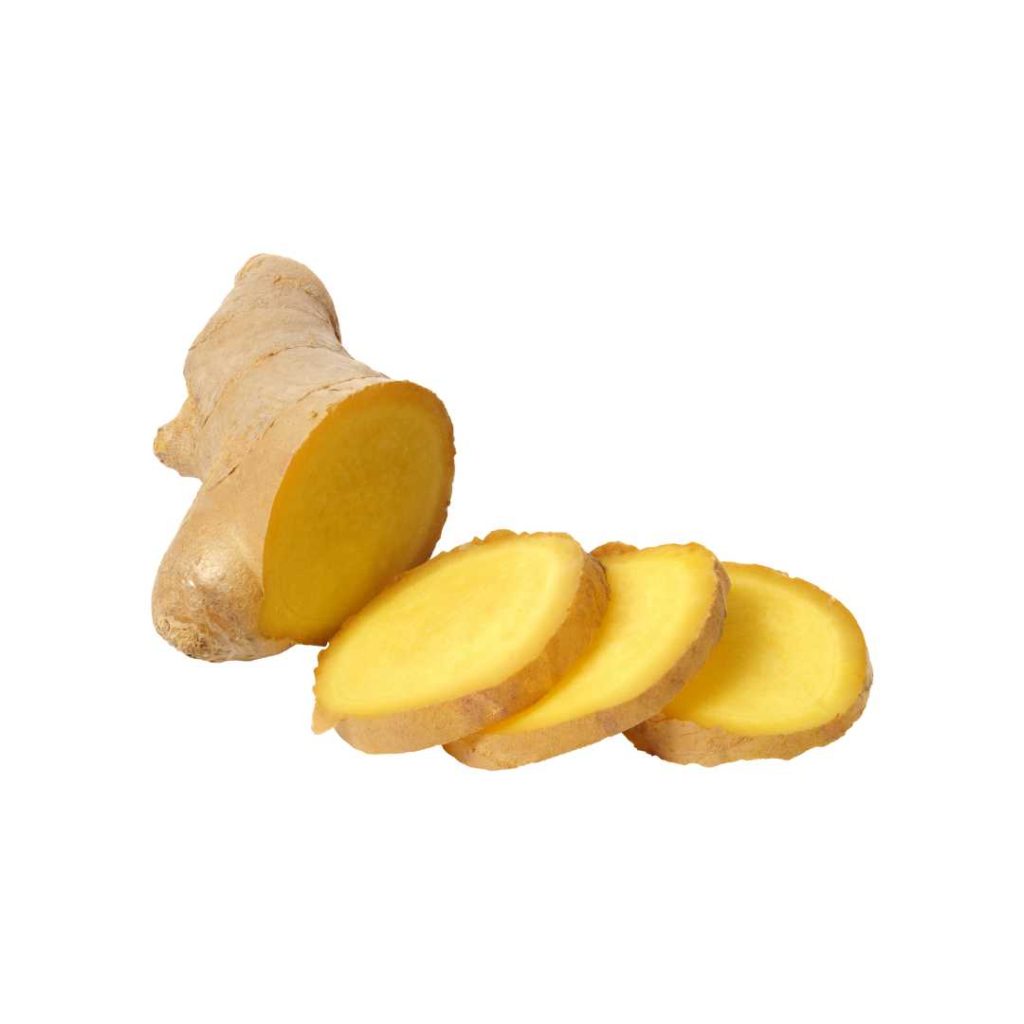
GINGER: CHINA
Ginger production in China is estimated to have dropped by 40% in 2022, from 11.9 million mt to about 7 million mt, due to a 50% reduction in the planting area and a 30% decrease in yield rate caused by the low price of ginger recorded in 2021. The limited supply of ginger from China has affected major importing markets like the US, resulting in substantial price increases.
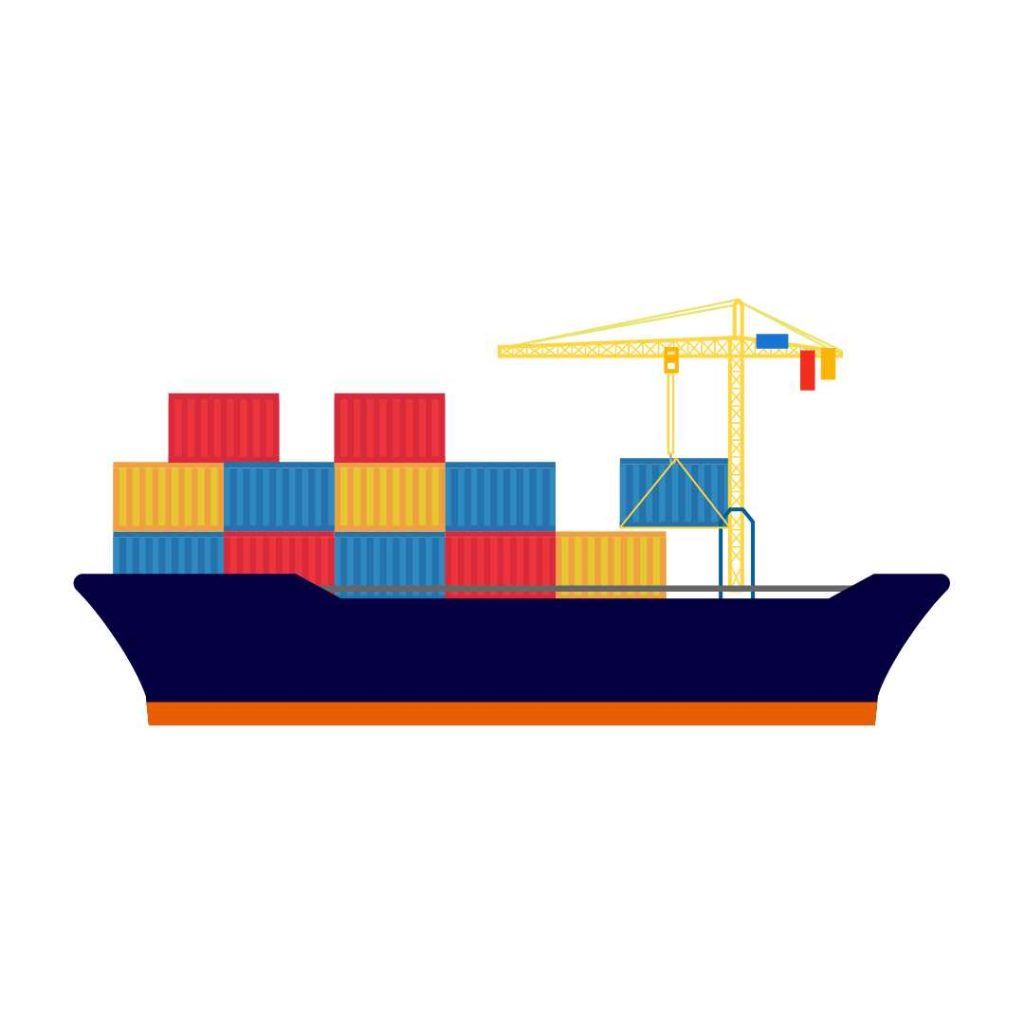
WORLDWIDE SEA FREIGHT SITUATION
Ramadan is impacting Middle East and Red Sea market and rates are on decline. Barring huge-scale blank sailings, there is a chance for pre-Covid rates to appear again.
Market rates have stabilized in the Asia Pacific region having gone up after the Chinese New Year. Capacity is normalized with no changes to the structural master schedules of the shipping lines.

